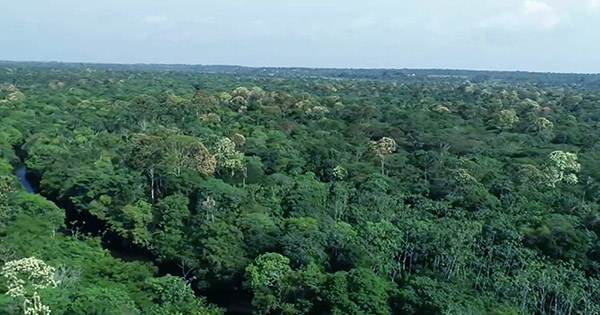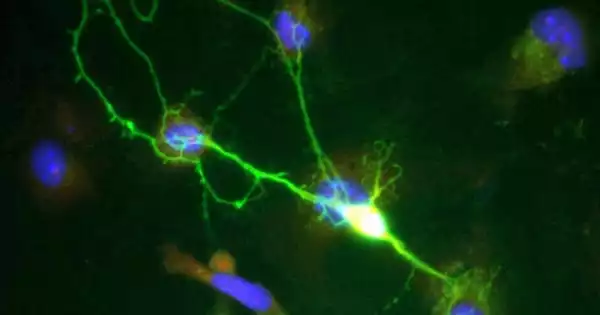Nature conservation is a moral concept and conservation movement aimed at preventing species extinction, preserving and restoring ecosystems, improving ecosystem services, and safeguarding biological variety. It is the practice of safeguarding, preserving, and managing natural resources and ecosystems to ensure their long-term survival and sustainability. It entails a variety of activities and tactics aimed at preserving the Earth’s biodiversity and the important functions offered by ecosystems.
Conservation is based on a set of principles that can be directed by environmental ideologies such as biocentrism, anthropocentrism, ecocentrism, and sentientism. There has recently been a push toward evidence-based conservation, which argues for increased use of scientific data to improve the efficiency of conservation activities.
As of 2018, 15% of land and 7.3% of marine were under protection. Many environmentalists have set the goal of saving 30% of land and sea territory by 2030. 16.64% of land and 7.9% of the waters will be protected by 2021. The IPCC’s 2022 report on climate impacts and adaptation emphasizes the need to conserve 30% to 50% of the Earth’s land, freshwater, and ocean regions, repeating the UN Convention on Biodiversity’s 30% objective. Finally, these movements should be fostered further in order to stimulate biodiversity and preserve a functional environment.
Here are some key aspects and principles of nature conservation:
- Biodiversity Conservation: The diversity of life forms on Earth is referred to as biodiversity, which includes species diversity, genetic diversity, and ecological diversity. The goal of nature conservation is to keep species from extinction, to safeguard genetic variety within populations, and to keep ecosystems healthy and resilient.
- Habitat Protection: Natural habitat protection is critical for biodiversity conservation. This includes rebuilding damaged or degraded habitats as well as protecting complete ecosystems such as forests, wetlands, coral reefs, and grasslands.
- Wildlife Conservation: Many species are endangered due to reasons such as habitat loss, poaching, and climate change. Conservation efforts are frequently directed at specific endangered species through activities such as breeding programs, habitat restoration, and the creation of protected areas.
- Sustainable Resource Management: Sustainable practices in forestry, fisheries, agriculture, and other industries are essential for conserving nature. This involves harvesting resources in a way that does not deplete them and maintains the health of ecosystems.
- Protected Areas: Establishing and managing protected areas, such as national parks, wildlife reserves, and marine sanctuaries, is a common approach to safeguarding natural landscapes and the species that inhabit them.
- Conservation Education and Awareness: Educating the public about the importance of nature conservation and the threats facing ecosystems and species is crucial. Awareness and understanding can lead to more responsible behavior and support for conservation initiatives.
- Policy and Legislation: Governments and international organizations play a vital role in nature conservation by enacting laws and regulations to protect the environment, biodiversity, and endangered species.
Balancing conservation objectives with human development demands is a difficult task. Conservationists try to discover solutions that allow for long-term economic development while reducing environmental damage.
Nature conservation entails not just safeguarding the environment for its own sake, but also acknowledging the interdependence between healthy ecosystems and human well-being. We ensure the continuous provision of important ecosystem services such as clean air and water, agricultural pollination, and climate regulation by conserving nature. Nature conservation’s ultimate purpose is to leave a legacy of a vibrant and biodiverse world for future generations.
















